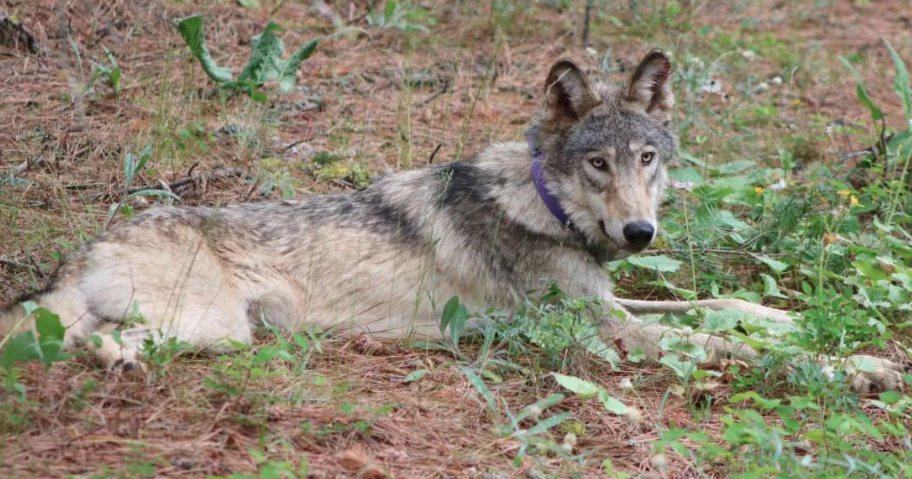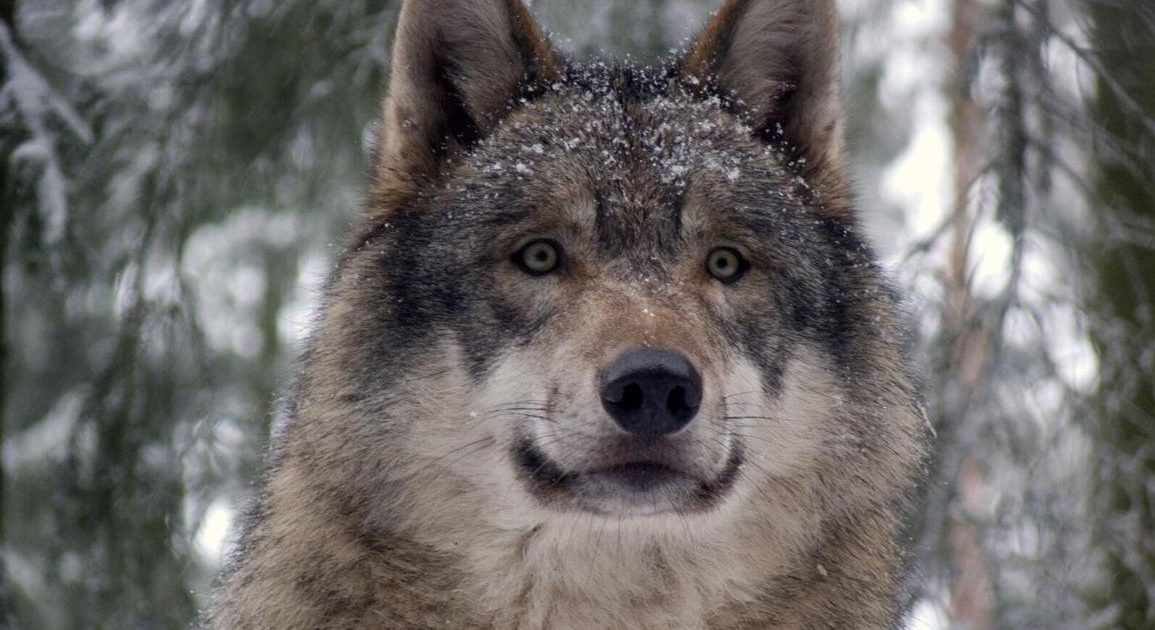The gray wolf population in Washington State is on the brink of a significant change in its conservation status. The Washington Department of Fish and Wildlife (WDFW) is preparing to vote on whether to remove gray wolves from the state’s endangered species list. This decision follows a scheduled review process that assesses whether a species still requires its current conservation status or if it can be reclassified.
Currently, gray wolves are listed as endangered, a designation applied when a species is at serious risk of extinction throughout a significant portion of its range. However, recent data suggests that the population has recovered sufficiently to warrant a reclassification.
The WDFW has been conducting periodic status reviews every five years to determine whether a species’ status needs to be updated based on the latest information.

Over the past decade, data from a population model developed by the University of Washington has shown a positive trend in gray wolf numbers. The most recent figures indicate a 20% increase in the wolf population from 2023 to 2024, with approximately 260 wolves in 42 packs across the state. This growth suggests that the gray wolf population has stabilized and is no longer in immediate danger of extinction.
The proposed reclassification would move gray wolves from the endangered category to the sensitive species list. While this change signifies a recovery, it also acknowledges that wolves remain vulnerable and could face risks if not properly managed. The WDFW plans to continue its efforts to mitigate conflicts between wolves and livestock and to support the wolves’ expansion into suitable habitats across the state.
The move to reclassify gray wolves in Washington reflects broader trends, including recent actions by the U.S. House of Representatives to remove gray wolves from the federal endangered species list. If approved, this would mark the first time since 1980 that gray wolves in Washington are no longer classified as endangered, highlighting a significant conservation success story following their near-extinction in the 1930s.

